gable vent ...AND ridge vent?
landngarage
11 years ago
Related Stories
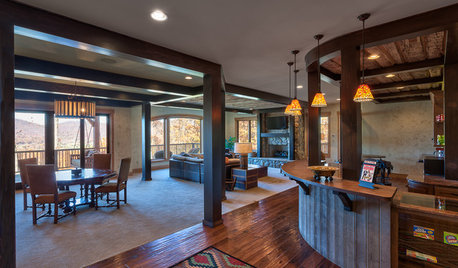
BASEMENTSBasement of the Week: Rustic Sophistication in the Blue Ridge Mountains
Good, old-fashioned fun reigns here, with a theater-style snack bar, a playroom and lots of room for just kicking back
Full Story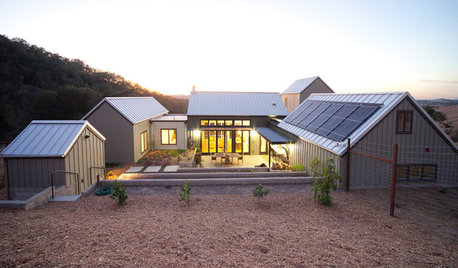
FARMHOUSESHouzz Tour: Barns Inspire a Modern Farm Compound
Classic gabled looks mix with modern solar panels, universal design and more in the California hills
Full Story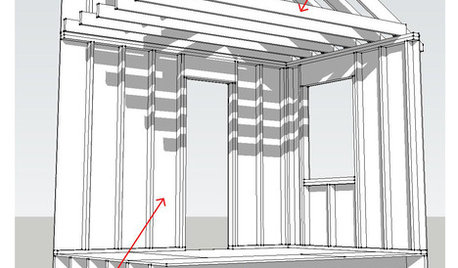
KNOW YOUR HOUSEKnow Your House: Components of a Roof
Don't get held up by confusion over trusses, rafters and purlins. Learn about a roof's features and their purposes here
Full Story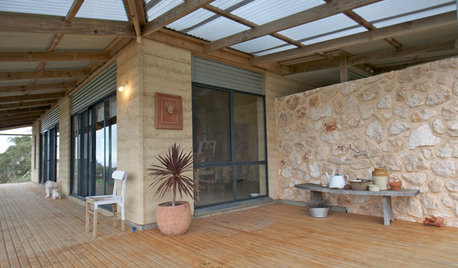
HOUZZ TOURSMy Houzz: A South Australia Home Comes Down to Earth
Rammed-earth walls embrace nature, stand up to harsh coastal conditions and create an indoor-outdoor connection for this artist's home
Full Story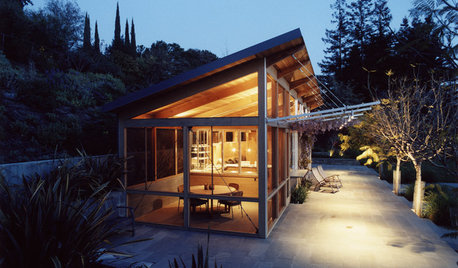
ARCHITECTUREDesign Workshop: The Shed Roof
This popular — and versatile — form straddles the divide between contemporary and traditional styles
Full Story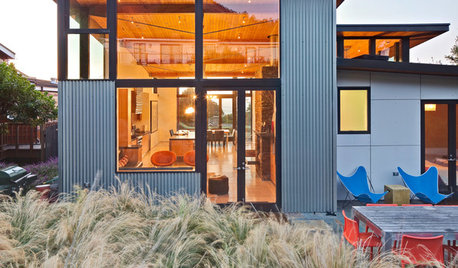
HOUZZ TOURSHouzz Tour: Modern California Beach House
Generous windows, mountain views and an open floor plan bring spaciousness to a modest-size, ecofriendly coastal home
Full Story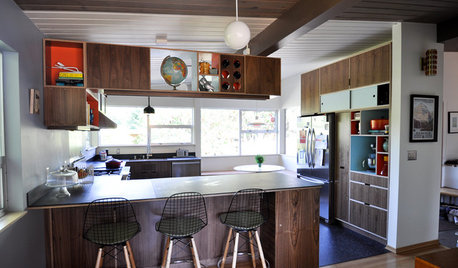
KITCHEN OF THE WEEKKitchen of the Week: Light, Chalkboard and Midcentury Style
Salvaged chalkboard countertops and walnut veneer star in an ecofriendly renovation of a Seattle family's midcentury kitchen
Full Story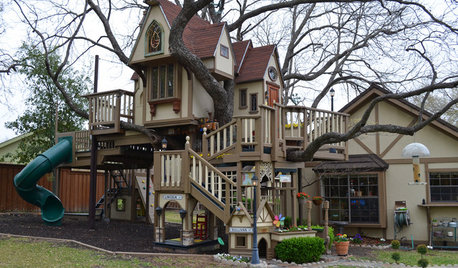
MOST POPULARThe Most Incredible Kids' Tree House You'll Ever See?
Duck your head to enter this unforgettable Dallas wonderwork, lovingly crafted with imaginative delights
Full StoryREMODELING GUIDESRenovation Detail: The Tapered Craftsman Column
Squared, simple and perfectly proportioned, tapered columns add Craftsman-style beauty to porches, porticoes and interiors
Full Story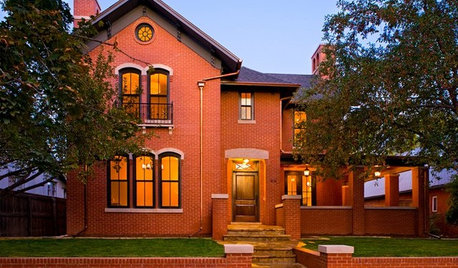
HOUZZ TOURSHouzz Tour: Farmhouse Style With an Unusual Inspiration
Comfort and sophistication are no surprise inside this Colorado home, but the exterior has an unexpected backstory
Full Story

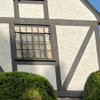


Beth Parsons
User
Related Professionals
Plainville Architects & Building Designers · River Edge Architects & Building Designers · Riverside Architects & Building Designers · Saint Louis Park Architects & Building Designers · Palos Verdes Estates Design-Build Firms · University Park Home Builders · Holiday Home Builders · Bay Shore General Contractors · Binghamton General Contractors · Chillicothe General Contractors · Endicott General Contractors · Grand Junction General Contractors · Klamath Falls General Contractors · Mineral Wells General Contractors · West Babylon General ContractorslandngarageOriginal Author
energy_rater_la
landngarageOriginal Author
athensmomof3
energy_rater_la